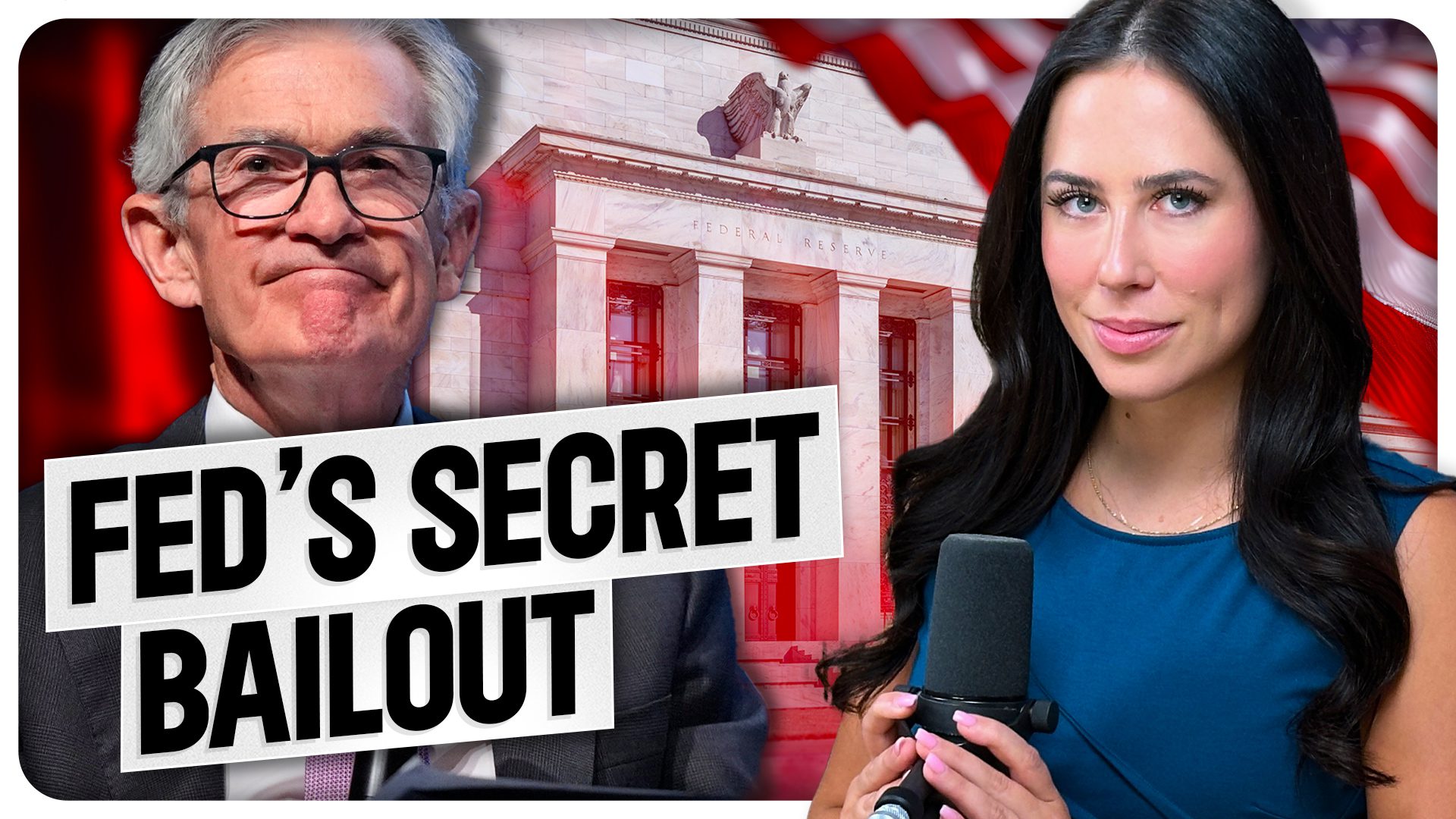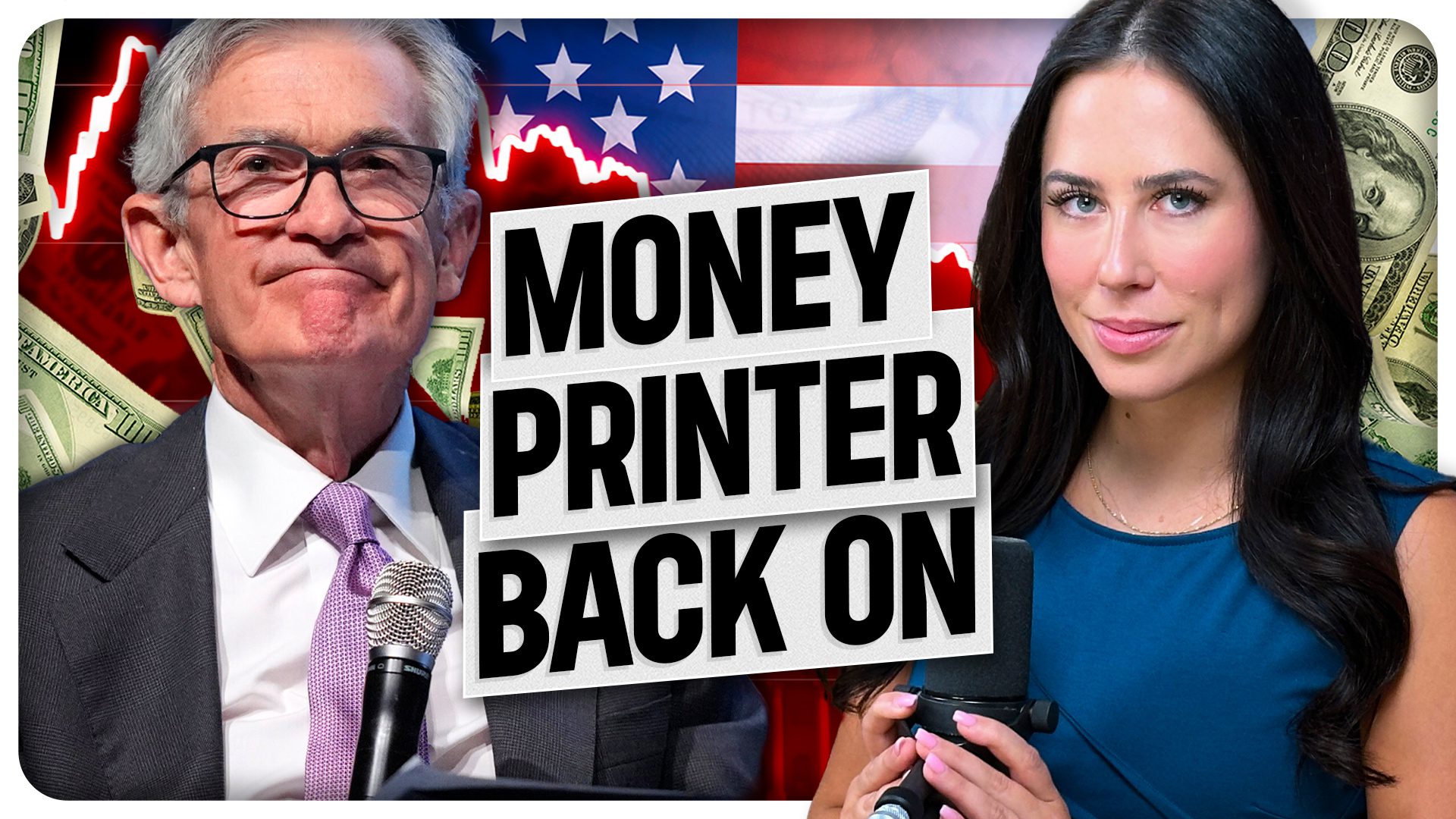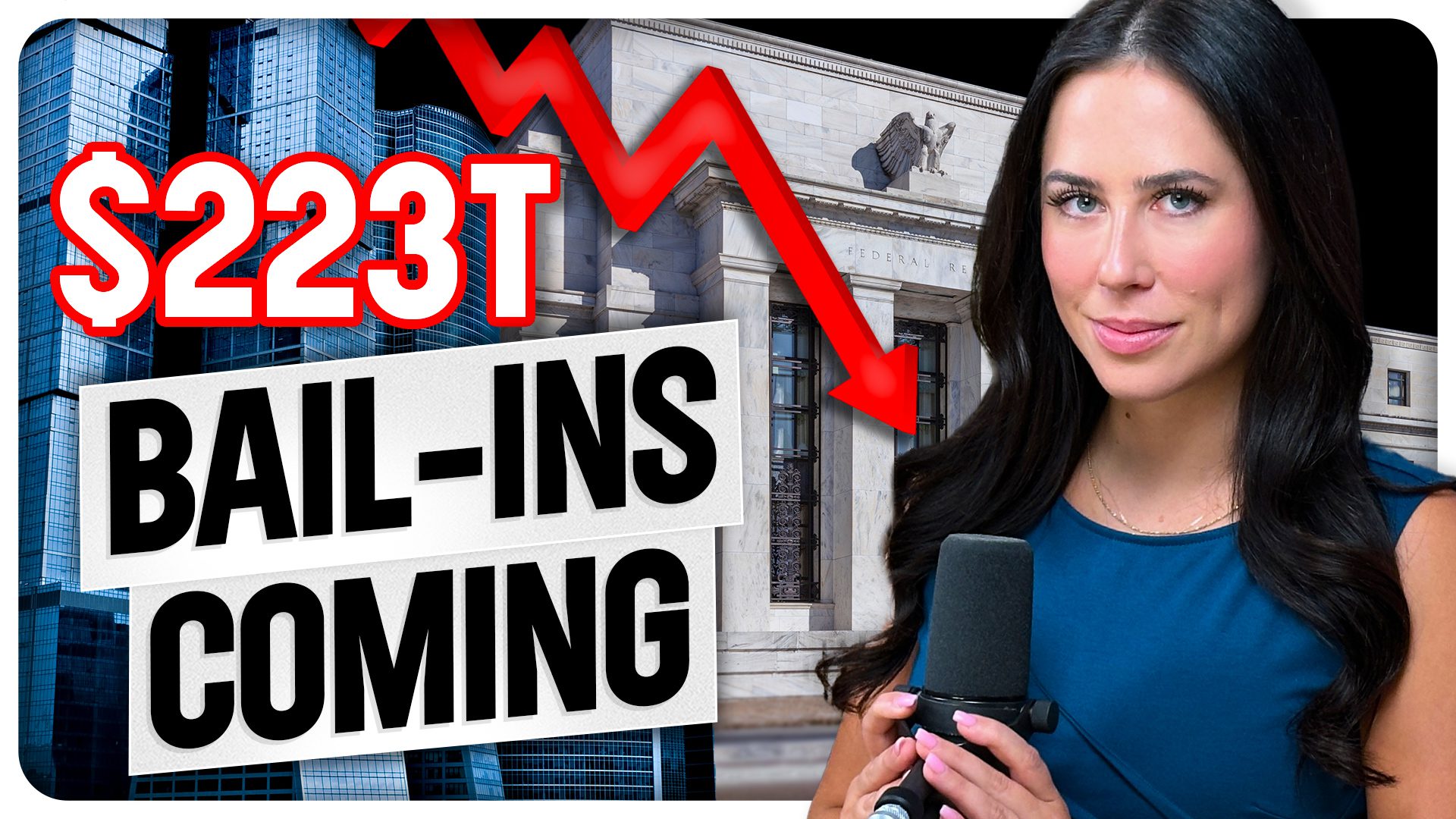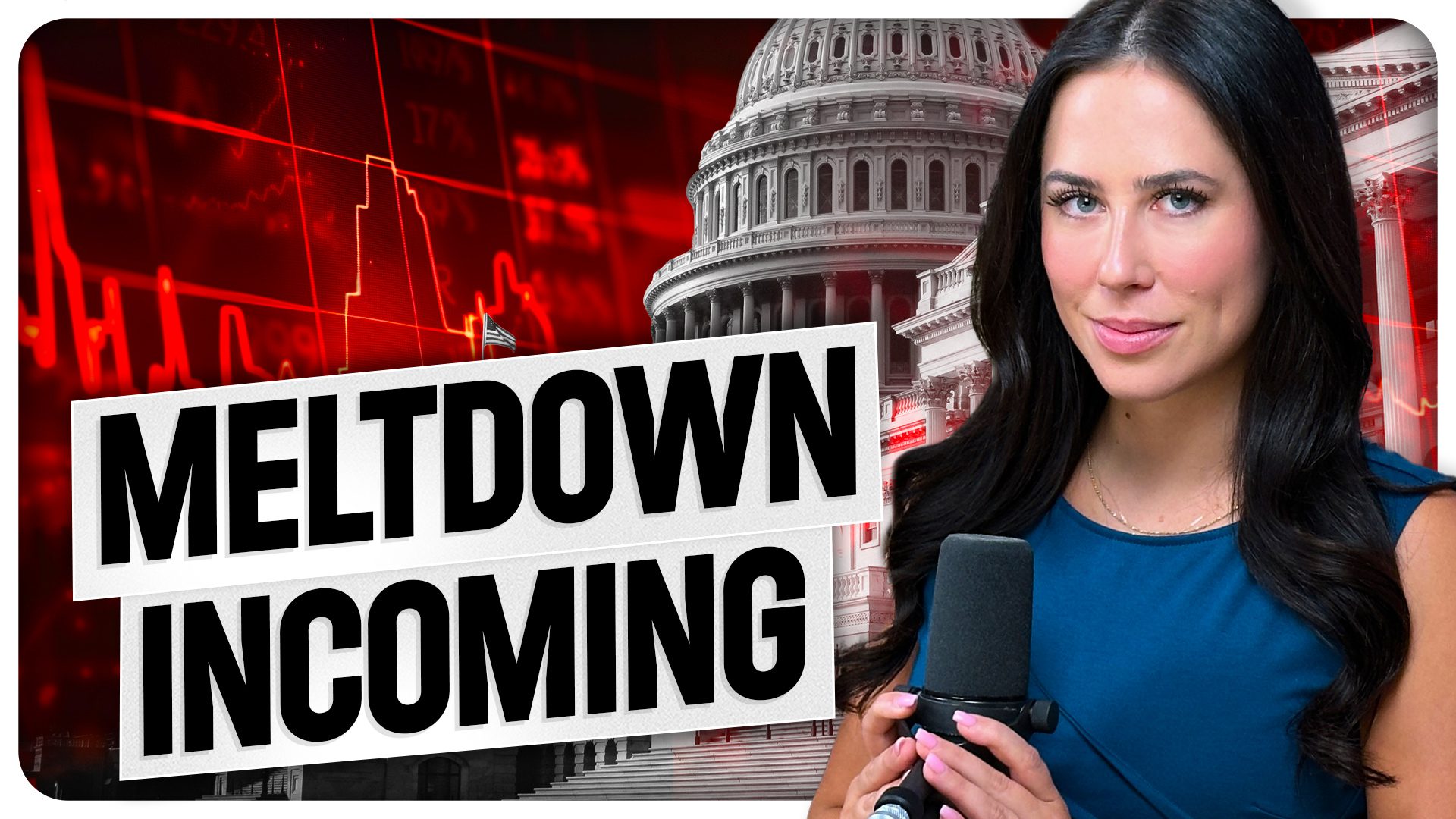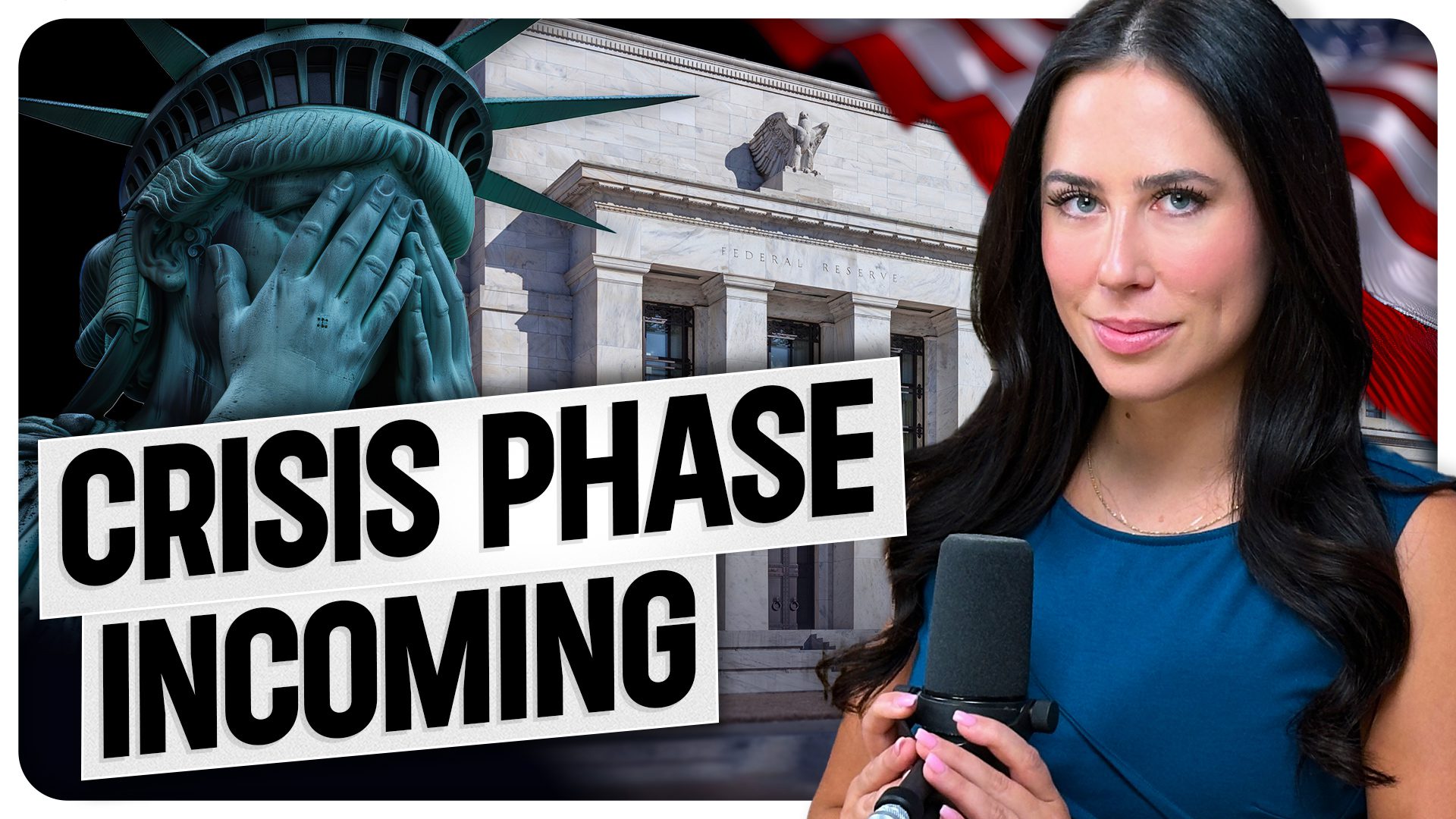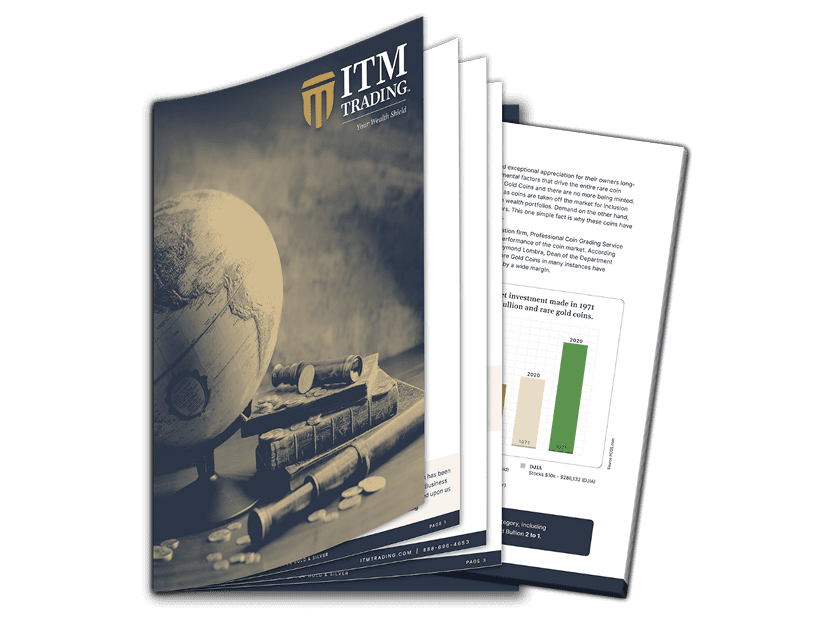Inflation Creeps Up: Could Trump’s Policies Push Even Higher?
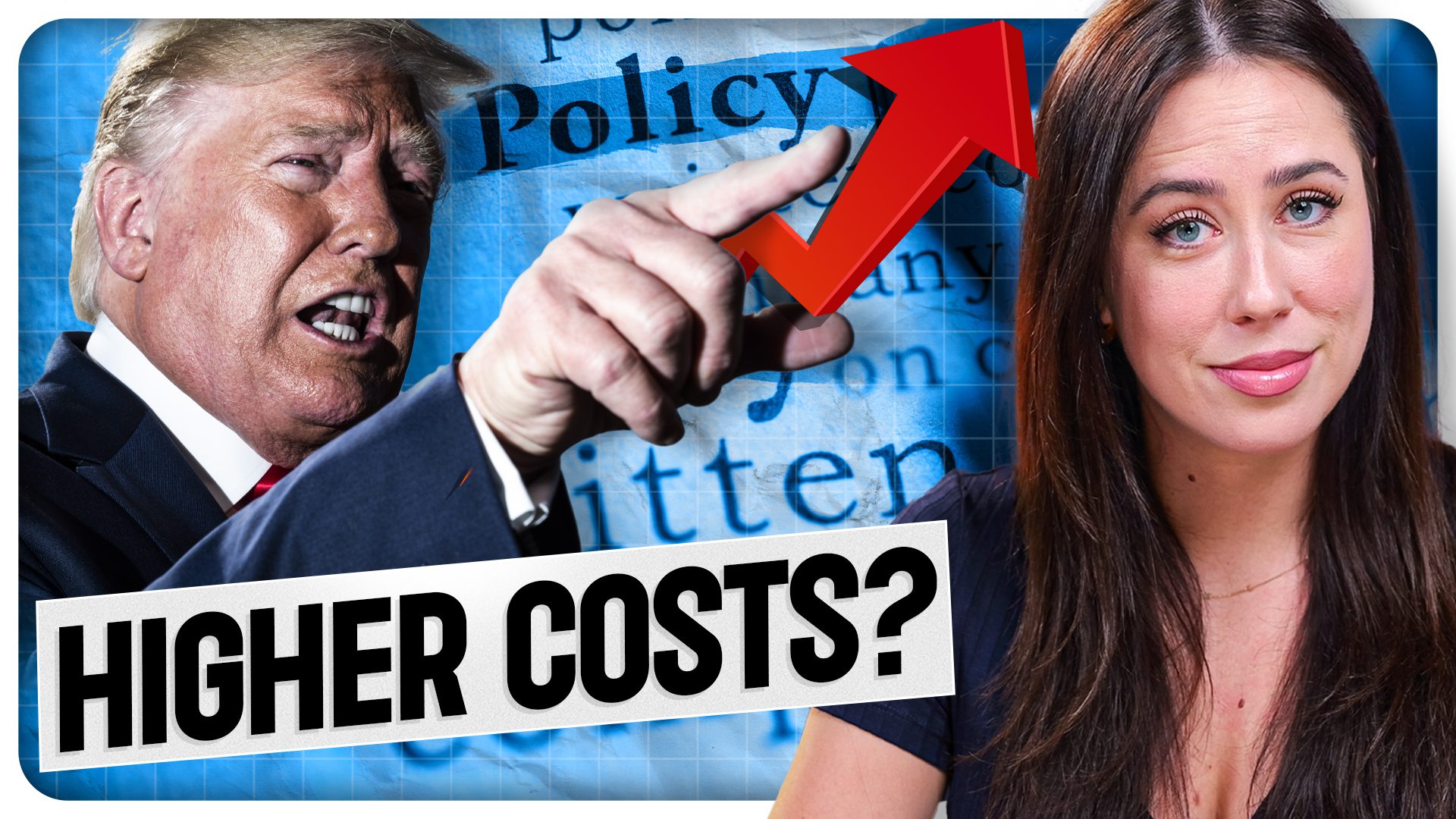
With inflation continuing to rise, safeguarding wealth has never been more crucial. In this video, we break down the latest inflation data, discuss economic policies, and explore how factors like rate cuts, tariffs, and fiscal decisions impact your purchasing power. Learn why many are turning to tangible assets like gold and silver as a hedge against inflation and potential economic downturns.
CHAPTERS:
00:00 Introduction to Inflation Concerns
00:35 Overview of Inflation Rate Increase
01:47 Impact of Rate Cuts on Inflation
02:21 How Tariffs and Tax Cuts Affect Inflation
03:28 The Consumer Cost of Tariffs
04:36 Labor Market Shifts and Price Impacts
05:13 Economic Predictions: Recession and Spending
06:16 Concerns About Stagflation
06:49 The Dollar’s Decline and Safe Haven Assets
07:24 Protecting Wealth Outside of the Financial System
08:01 Conclusion and Call to Action
TRANSCRIPTION:
00:00
If you are not concerned about inflation eroding your wealth, then you are not paying close enough attention to what is going on in the news right now. Hi everyone, I’m Taylor Kenny with ITM Trading. Thank you so much for being here. Today’s headline: US inflation rose 2.6% in October, a month after the Federal Reserve began cutting rates. Now, this is a huge deal, and I’m going to explain why it’s a big deal, not just for today but for the future—especially against the backdrop of what President Trump has said he’s going to do as well, his policies, and how that impacts inflation.
00:35
So, first things first, starting with this article: US inflation rose 2.6%. Okay, we know inflation has been continuing to rise. This is important, though, because it rose month over month and it’s higher than their target. And the reason why it’s so important is the timing. So in September, you’ll remember, the Federal Reserve did a 50 basis point rate cut. Now, that signaled to all of us that things were worse than they were saying, which we already knew. But I said at that time, my biggest concern was that inflation was going to start to go like this again—because every time you cut rates, you’re stimulating the economy, right? And when that happens, you can see inflation start to rise. It’s just basic Economics 101.
01:11
So when they cut rates in September, then we get today’s data that October inflation started to rise. What scares me about this is that the Federal Reserve just did another rate cut, and we’re not going to see that data for another couple of months. In fact, we’re not going to see how that rate cut impacted inflation until after they might even have another rate cut in December. As it stands today, I think about two-thirds of people are predicting that they will have another rate cut in December.
01:47
Now, the reason why this is important is because we don’t need data to tell us about prices; we’re going to feel it at the grocery store, we’re going to feel it in our bills, we’re going to feel that prices are going up. But it’s important to recognize that this is happening with all the rate cuts because, as this is one inflationary pressure, we might have a couple of other inflationary pressures against it. Now, specifically with President Trump’s policies, economists have cautioned that Trump’s plans could reignite inflation. That’s because tariffs are essentially sales taxes paid by American consumers rather than the countries that export goods to the US.
02:21
Now, there’s a lot of commotion happening right now around tariffs, tax cuts, and deportations, and how that’s going to impact the economy. I know a lot of people are optimistic that things are going to get better, and I don’t want to sit here and say that they won’t, but I do think it’s important that we understand how these policies could impact our wallets. So, starting with tariffs: essentially, like they were saying, a tariff isn’t just a price another country has to pay, right? That price is pushed over to the consumer. Now, the idea behind this is that if we have a 10% tariff on all imports and a 60% tariff on all imports from China, all of those products that come over—if you’re at the grocery store, if you’re at a department store—and you see item A and B, and one of them is 10% or 60% more than the other one, well, you’re probably going to pick the cheaper product. Hopefully, that’s a product that’s made in the USA.
03:28
The problem is, as we all know, we don’t make as many things as we used to. So, that option for the cheaper product might not even be there. And for people who say, well, then it’s just going to create those jobs; people are going to go make that product—well, that’s good in theory, but that takes time. To make quality items, it’s not going to happen overnight. And in the meantime, who’s left paying the prices? It could be the American consumer, which is concerning. And again, this could work in the long term, but in the short term, we could definitely see prices rise. Especially also if we have tax cuts, there’s less revenue coming in. I love tax cuts as much as the next person, but at the same time, where’s all of the cash going to come from? Right? Is it more deficit spending? We still have $36 trillion—don’t forget what we already owe—now we’re going to pile on more? I don’t know.
04:36
And then we have the issue of workers being deported. Now again, this could add more jobs, but jobs that have to be paid more, which is a good thing—except what happens then? Well, companies are footing the bill, and who pays that? Ultimately, it gets passed to the consumer. So, that is why in a nutshell, a lot of experts are concerned that we’re going to see inflation rise. Now, my thoughts on all of this are that we don’t know. We don’t know the details, so we’ll find out more, right? I mean, Trump hasn’t even officially taken office yet. I know he’s making a lot of moves already, but time will tell.
05:13
The thing that’s concerning—going back to the first article here, of course, it says, looking ahead to the next six months, we foresee consumers and businesses still spending but doing so more prudently amid still elevated costs and rates. So, essentially, we’re going to see these prices continue to climb, we’re going to see spending decline, we’re going to see businesses being cautious. I mean, these are all roundabout ways of saying that there is a recession in our future, but unfortunately, prices are still climbing. That’s kind of one of those weird things, right? Typically, when we think of a recession, we think of prices dropping because no one’s spending, but somehow, we have found ourselves in this sticky situation where we’re going to have fewer jobs, less spending, but prices are still going to be going up.
06:16
So, I mean, there is the dreaded word—it could be stagflation. I don’t know; time will tell. But all I do know is that one thing is for sure: inflation is rising, and it looks like it’s going to continue to rise. So, as people are concerned about inflation, they move to safe haven assets that they feel more comfortable in, because gold isn’t going to be inflated away. You’re never going to have more gold printed from the Federal Reserve. You’re never going to have it inflated the same way that the Federal Reserve can do, right? It’s a finite resource.
06:49
It also makes sense because the US dollar index was down 0.1% after the news of inflation rising. Why is that? Well, because people, again, are going to say, well, you’re losing your purchasing power. The dollar is worth less. Every time rate cuts happen too, the dollar is going to be less appealing to investors, meaning that it’s going to be worth less. This is a trend that is already picking up momentum that I think we’re going to continue to see, which is why, again, if you have dollar-denominated assets, it’s important to make sure that you’re protected outside of the current financial system.
07:24
That you protect your wealth outside of the dollar. Again, for me, that’s physical gold and silver, tangible assets that, if you hold, you own, right? That’s the whole idea here: as inflation continues to chip away at your purchasing power, you want to make sure that you’re protected, your retirement is protected, that you are able to preserve your wealth. And if you have any concerns about that or you have any questions about that, that’s what our team of expert analysts is here for. So, we do have a number below, a Calendly link in the description, where you can click and set up a time with one of our analysts. They help people just like you make sure that they’re protected from what’s coming next.
08:01
And as always, I so appreciate you being here today. My name is Taylor Kenny with ITM Trading, your trusted source for all things gold, silver, and lifelong wealth protection. Until next time.


